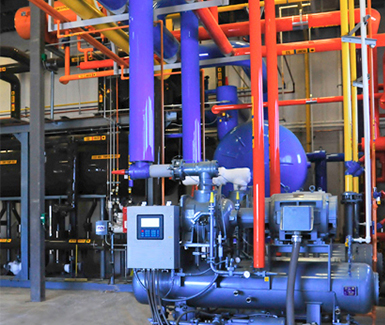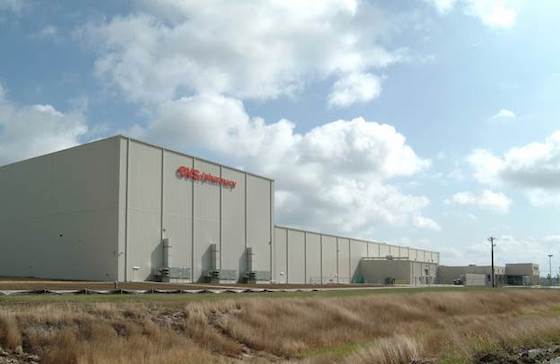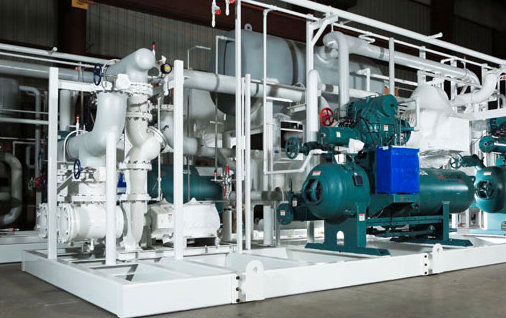Thousands of Ammonia Systems Now Face New Regulations. Is Yours One of Them?
While ammonia systems are a common and safe option for industrial refrigeration, they are highly regulated to protect public safety and the environment from a potential chemical release. For years, these government regulations have only applied to systems in the U.S. with 10,000+ pounds of ammonia — until now.
As of January 1, 2023, all facilities with ammonia systems, regardless of size, must comply with Environmental Protection Agency (EPA) regulations. That means your average mom-and-pop cold storage distributor must now play by the same rules as the world’s largest food companies.
The problem? Smaller facilities are often unaware they are subject to new rules, which could result in hefty fines and other penalties.
Continue Reading “Thousands of Ammonia Systems Now Face New Regulations. Is Yours One of Them?”


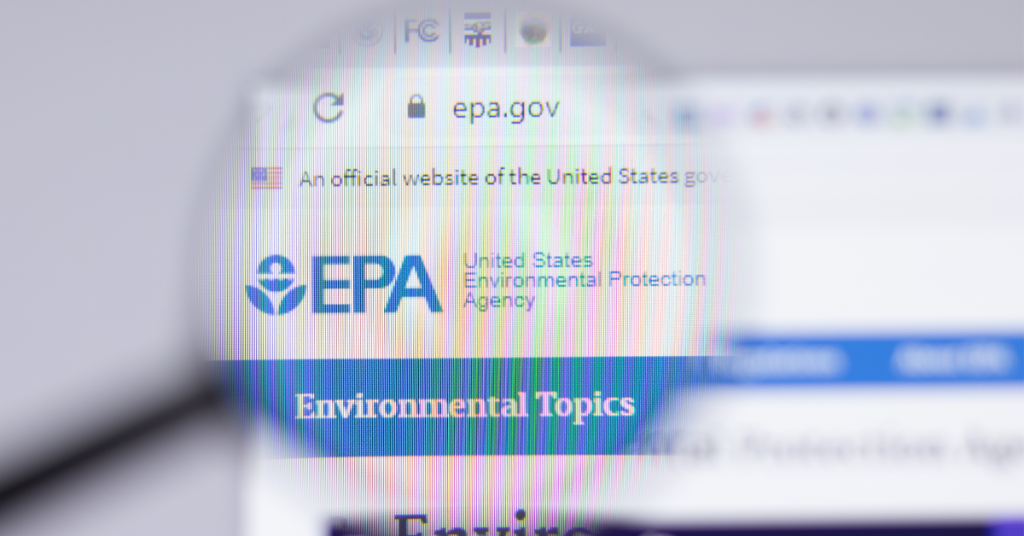
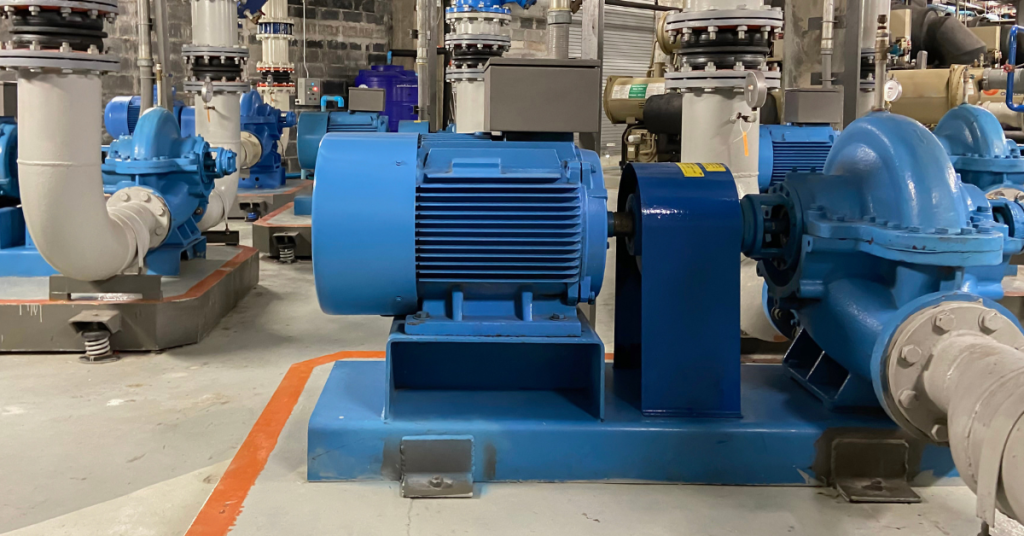
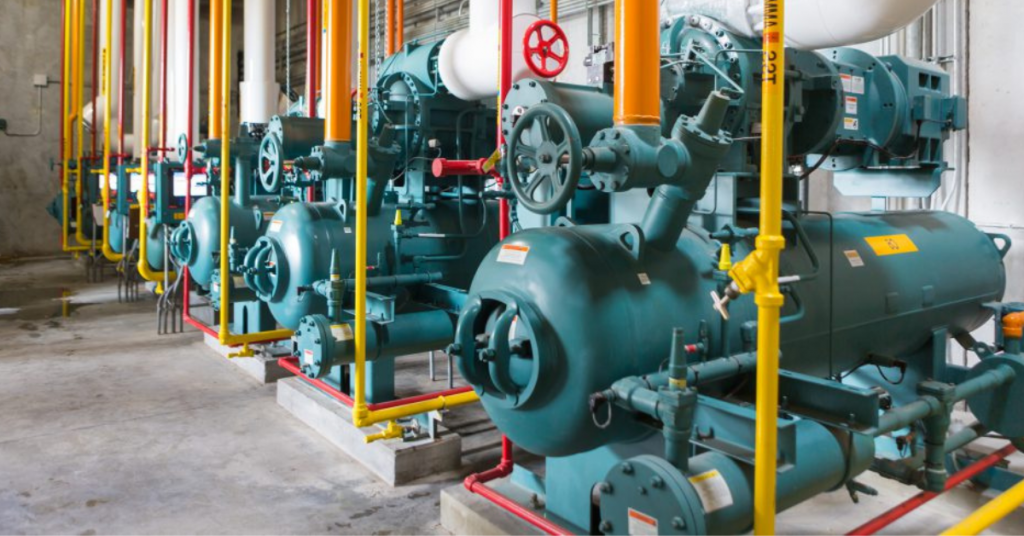
![Does your PSM compliance training meet the latest OSHA requirements? [infographic]](https://stellarfoodforthought.net/wp-content/uploads/2022/01/PSM-Training.png)
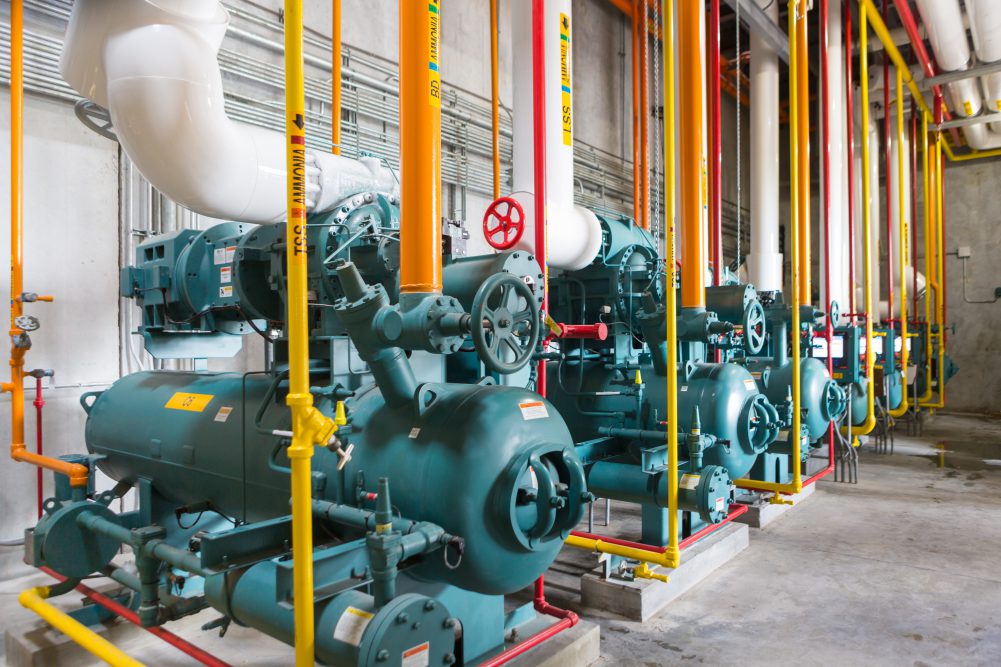
![How Stellar Services Industrial Refrigeration Compressors [VIDEO]](https://stellarfoodforthought.net/wp-content/uploads/2019/12/How-We-Service-Industrial-Refrigeration-Compressors-VIDEO.png)
